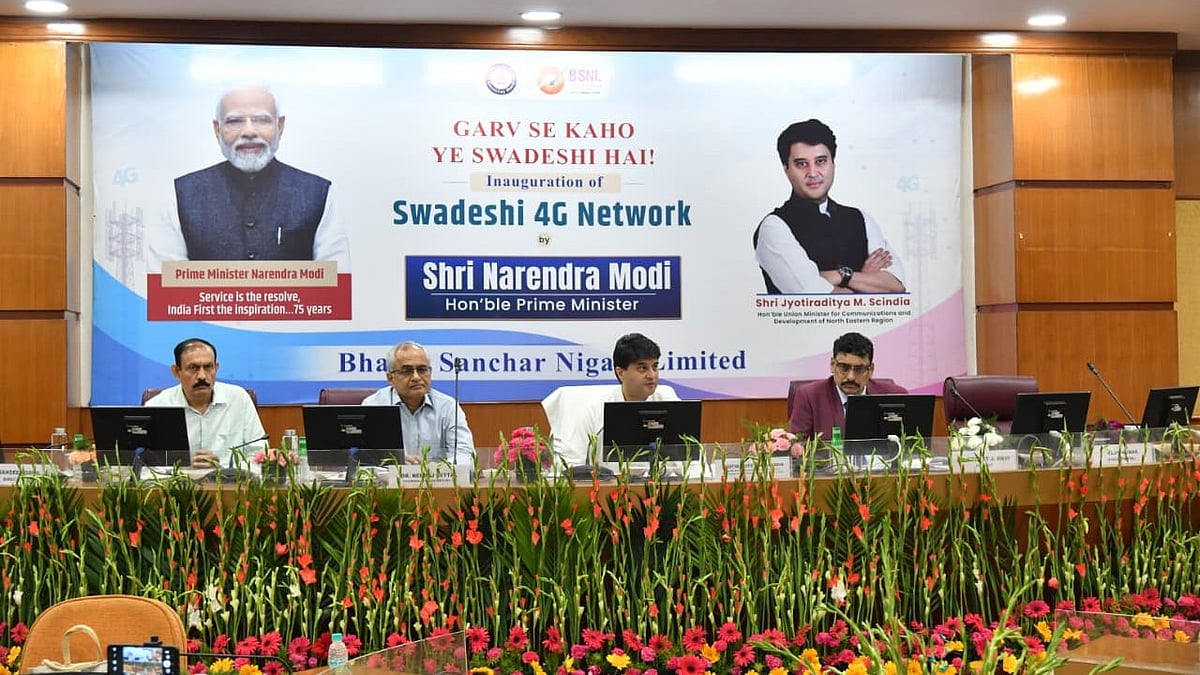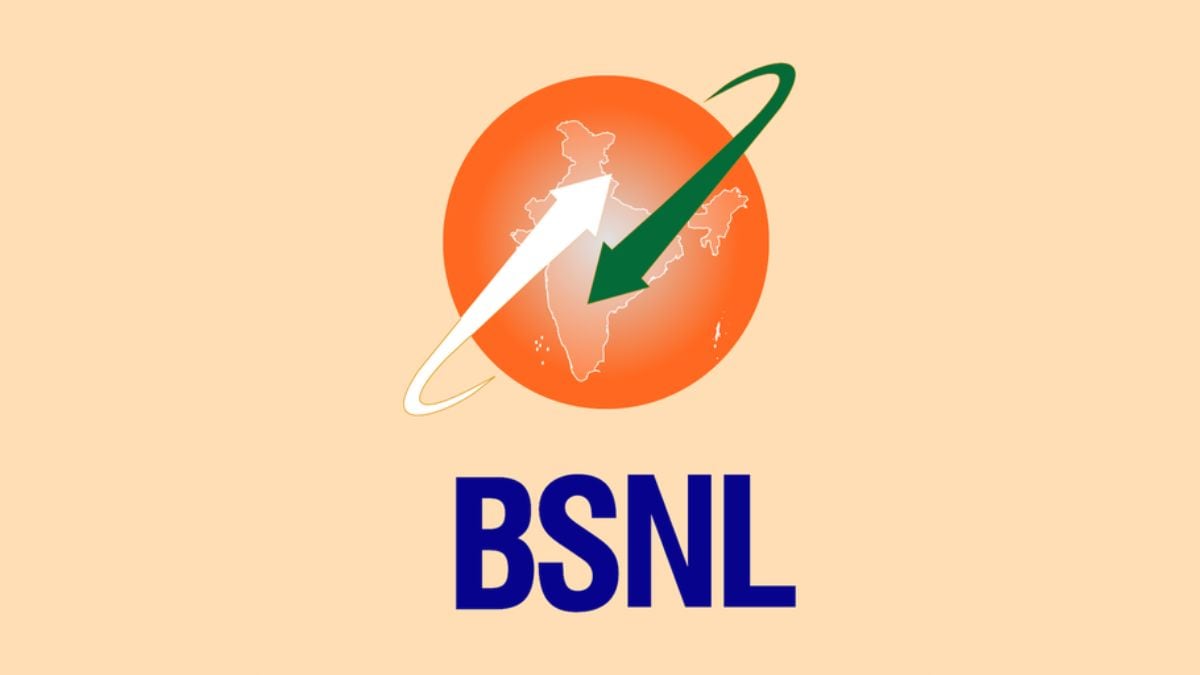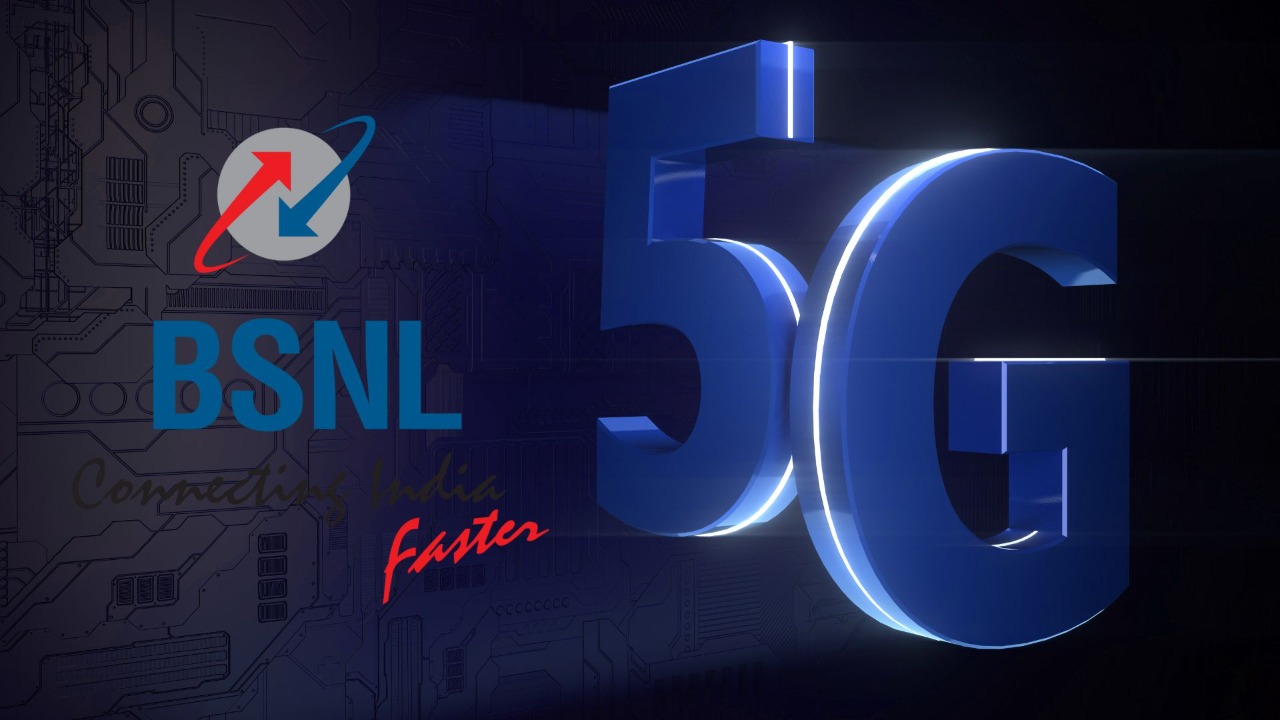A Historic Leap for Indian Telecom
Prime Minister Narendra Modi on Saturday inaugurated Bharat Sanchar Nigam Limited’s Swadeshi 4G network, alongside the rollout of more than 97,500 new towers under the Bharat Nidhi scheme. The project, worth ₹37,000 crore, places India among an elite group of countries that have indigenously designed and manufactured telecom technology.

With this, India joins Denmark, Sweden, South Korea, and China as the only countries to have built a fully indigenous telecom stack. BSNL has now become the sixth company globally to achieve this technological feat.
The Swadeshi 4G Stack
The core of this breakthrough lies in the indigenous 4G stack built by Indian technology leaders. The system uses a C-DOT developed core network, Tejas Networks’ radio access network, and Tata Consultancy Services’ integration expertise. Over 92,600 of the new mobile sites are powered by this stack, which is fully upgradable to 5G.
Union Minister for Communications Jyotiraditya Scindia called the launch a historic step towards a self-reliant India and a clear demonstration of the country’s capability to build world-class telecom networks. He emphasized that the rollout not only addresses connectivity gaps but also positions India as a future exporter of telecom solutions.

Expanding Connectivity Nationwide
In addition to BSNL’s massive rollout, more than 4,700 towers have been deployed by private players Reliance Jio and Bharti Airtel, while another 14,180 towers have been funded under the Digital Bharat Nidhi initiative. Collectively, these projects are expected to bring over two million new subscribers into India’s digital ecosystem.
Scindia also noted that six major deployment challenges—ranging from revenue issues and local land disputes to accessibility and security concerns—have seen 80 percent resolution in the past seven and a half months, thanks to better coordination between central, state, and local authorities.

Looking Ahead to 5G and 6G
The immediate focus for BSNL will be customer acquisition, retention, and improving customer service. Once this stabilisation phase is complete, discussions will begin on BSNL’s 5G transition.
Looking further ahead, India has set its sights on becoming a global leader in the 6G era. Scindia said India aims to contribute 10 percent of global 6G patents, with commercial deployment targeted around 2030. “We walked behind the world on 4G, with the world on 5G, but we will lead the world on 6G,” he declared.

A Defining Moment for India’s Digital Future
The launch of BSNL’s Swadeshi 4G marks not only a step towards telecom self-reliance but also a strategic milestone for India’s digital transformation. By combining indigenous technology with large-scale infrastructure, the initiative strengthens both national security and economic resilience, while laying the foundation for India to play a leading role in global telecom innovation.
Follow YouFinance on Instagram and Facebook for more updates on India’s biggest technology, telecom, and infrastructure stories.















